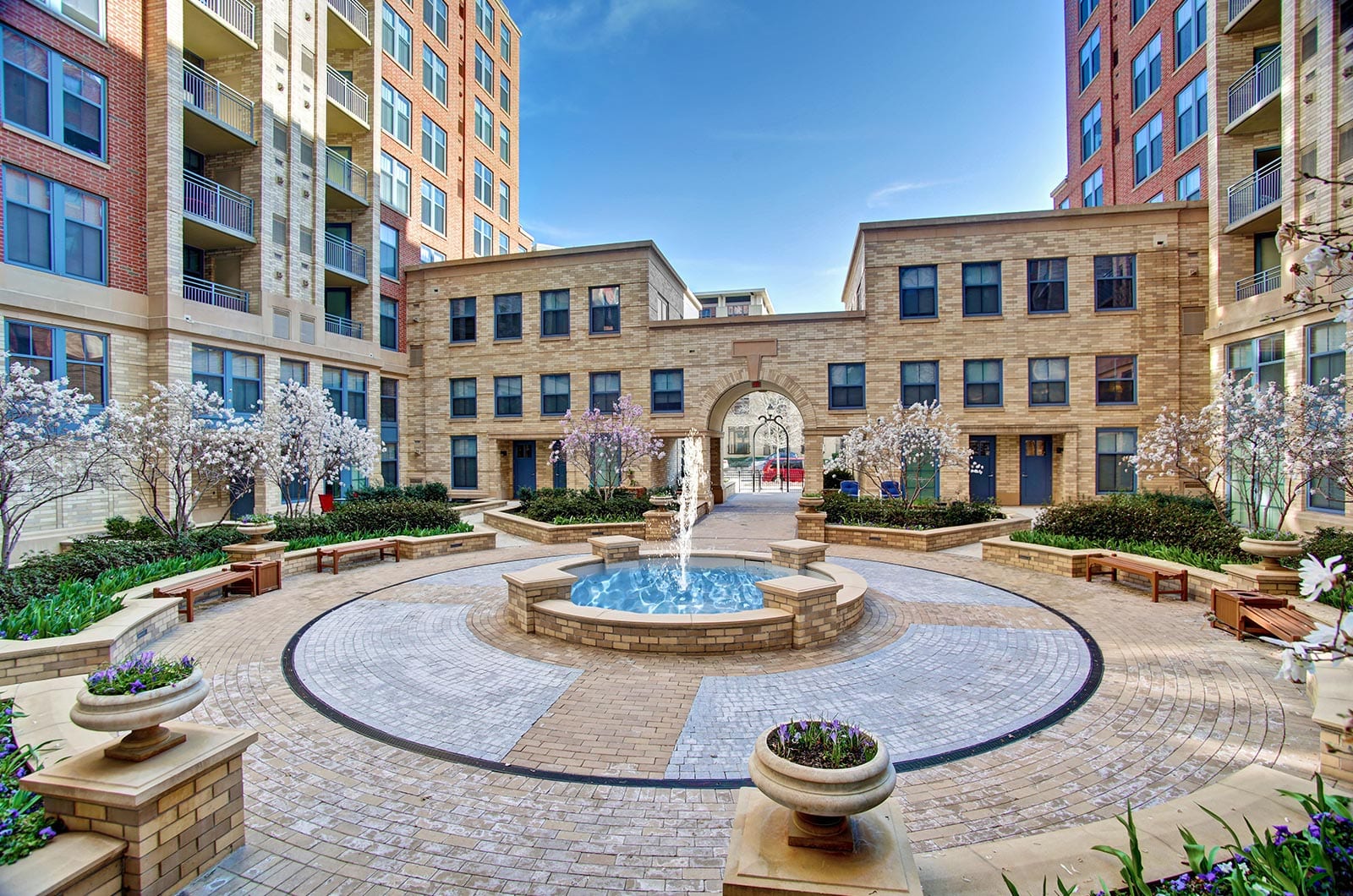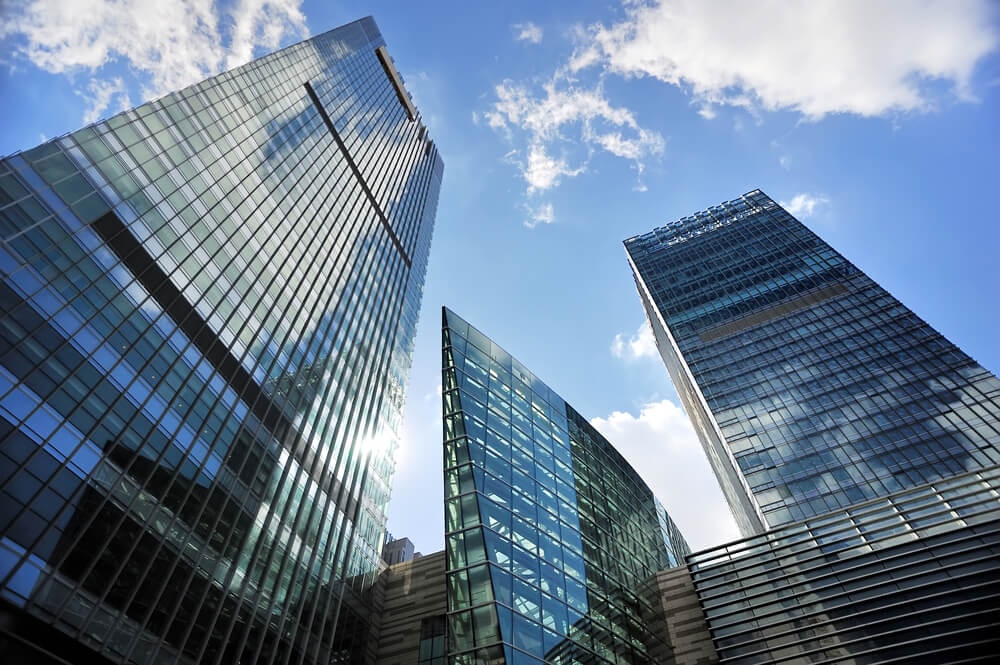
At a strategic level, organisations react to the external force by re-modelling their business and working towards to re-orient their corporate real estate strategies, such as portfolio transformation, agile portfolio strategies and redesign of the office workplace, etc. The environment control approach, such as modifying the building systems or redesigning the office area, has rarely been adopted in office workplace management during the COVID-19 pandemic so far. Thematic analysis including coding technique was adopted to analyse the qualitative data.įindings: The findings show that, during COVID-19 pandemic, most of the intended and implemented office workplace modifications are mainly related to two types of risk control: administrative control and personal protection. Purpose: Triggered by the public concern over office workplace safety during COVID-19 pandemic, this study sheds light on the office workplace environment and aims to investigate how organisations respond to the forces from the external environment (impact by COVID-19 pandemic) and how they modify their office workplace management strategically and operationally to suit the stakeholders’ needs and future development in the post COVID-19 period.ĭesign/methodology/approach: A desktop study was conducted to provide the framework for the in-depth interviews with five corporate real estate managers and three workplace consultants. The findings of this study provide a practical lens to look at the future changes of office workplace environment. It is foreseen that office workplace management will encounter other challenges due to uncertainties of the COVID-19 pandemic. The findings obtained through in-depth interviews have well supported the CREM strategic alignment theory. This is a topical and timely study that presents the general practice of office workplace modification during the COVID-19 pandemic, as well as the related CRE management (CREM) strategies developed for the new normal.


At a strategic level, organisations react to the external forces by re-modelling their businesses and working towards re-orienting their CRE strategies, such as portfolio transformation, agile portfolio strategies and redesign of the office workplace, etc.

The findings show that during the COVID-19 pandemic, most of the intended and implemented office workplace modifications are mainly related to two types of risk control: administrative control and personal protection. Thematic analysis including coding technique was adopted to analyse the qualitative data. Triggered by public concerns over office workplace safety during the COVID-19 pandemic, this study sheds light on the office workplace environment and aims to investigate how organisations respond to forces from the external environment (impacted by the COVID-19 pandemic) and how they modify their office workplace management strategically and operationally to suit the stakeholders’ needs and future development in the post COVID-19 period.Ī desktop study was conducted to provide the framework for the in-depth interviews with five corporate real estate (CRE) managers and three workplace consultants.


 0 kommentar(er)
0 kommentar(er)
